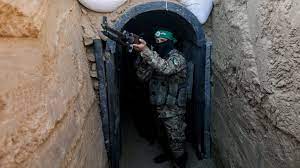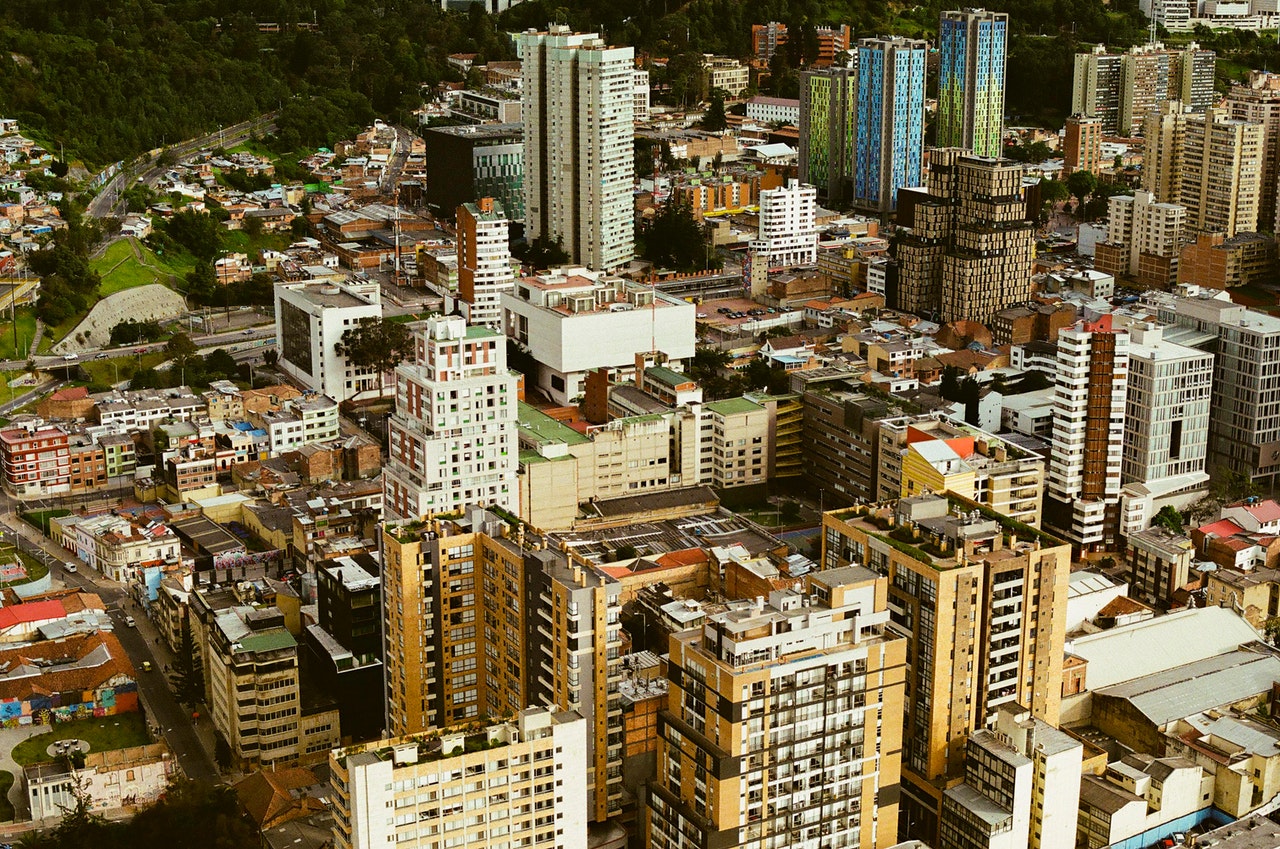The network of tunnels beneath Gaza, renowned for smuggling goods and launching attacks into Israel, has a second underground system informally known as the “Gaza metro.” This extensive labyrinth of tunnels, possibly stretching several kilometers underground, serves various purposes: transporting people and goods, storing rockets and ammunition, and housing Hamas command and control centers, all hidden from IDF’s surveillance. In 2021, Hamas claimed to have constructed around 500 kilometers (311 miles) of tunnels under Gaza, though the accuracy of this figure remains uncertain.

The cost of building this tunnel network, both in terms of manpower and capital, is unclear. The construction likely involved manual digging using basic tools, as Gaza lacks the heavy machinery typically used for such projects. It is also alleged that concrete intended for civilian and humanitarian purposes was diverted by Hamas for tunnel construction.
Critics argue that the significant funds Hamas allocated to tunnels could have been used for civilian bomb shelters or early warning systems. Tunnels have long been a tool of warfare, offering militant groups like Hamas an advantage in asymmetric warfare, countering the technological superiority of more advanced military forces.
What sets Hamas tunnels apart is their location beneath one of the most densely populated areas globally, with nearly 2 million people residing in the 88 square miles of Gaza City. The IDF has accused Hamas of hiding within these tunnels underneath civilian areas, using them as human shields. Israeli military airstrikes have caused civilian casualties.
The IDF is expected to target this tunnel network in an upcoming ground operation in Gaza, as it has in previous years. In preparation for the operation, Israel issued evacuation warnings for Gaza residents, but such orders have faced logistical challenges.
To address the subterranean threat, a holistic approach is essential, combining visual intelligence, border monitoring, and civilian vigilance, as advanced technology alone has proven insufficient to thwart it.






